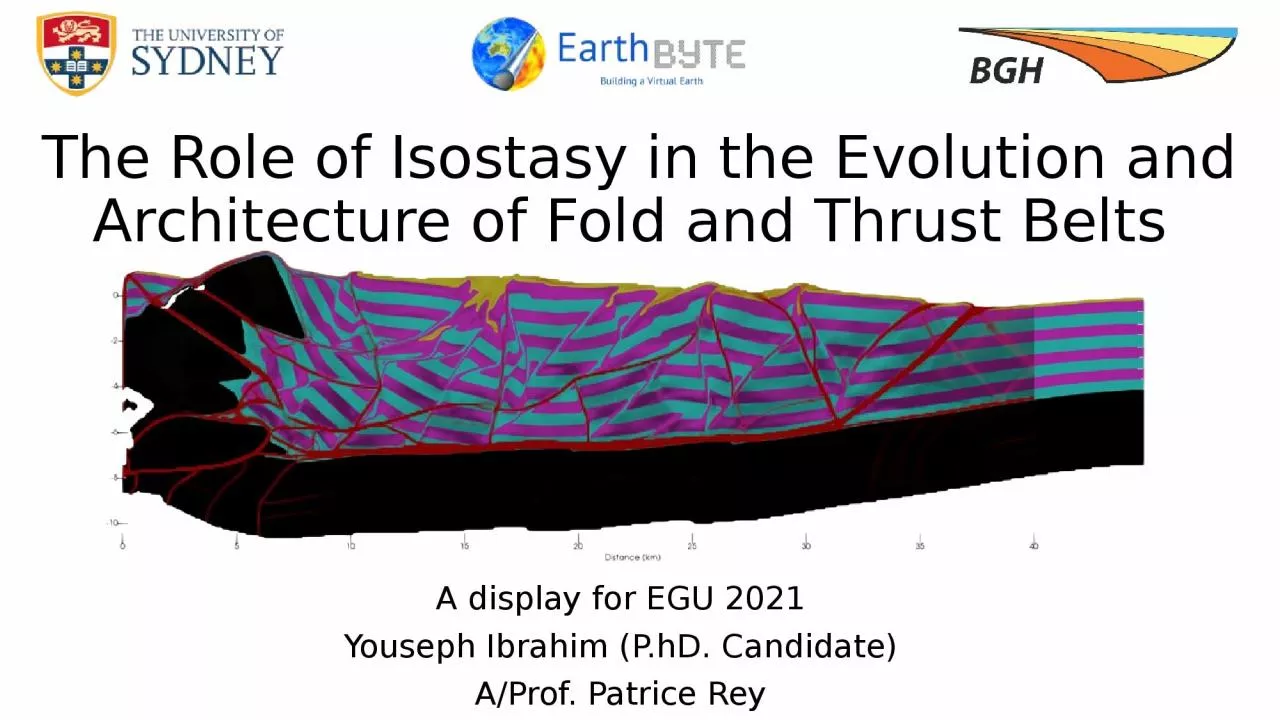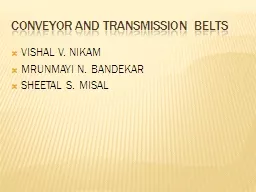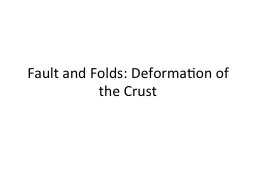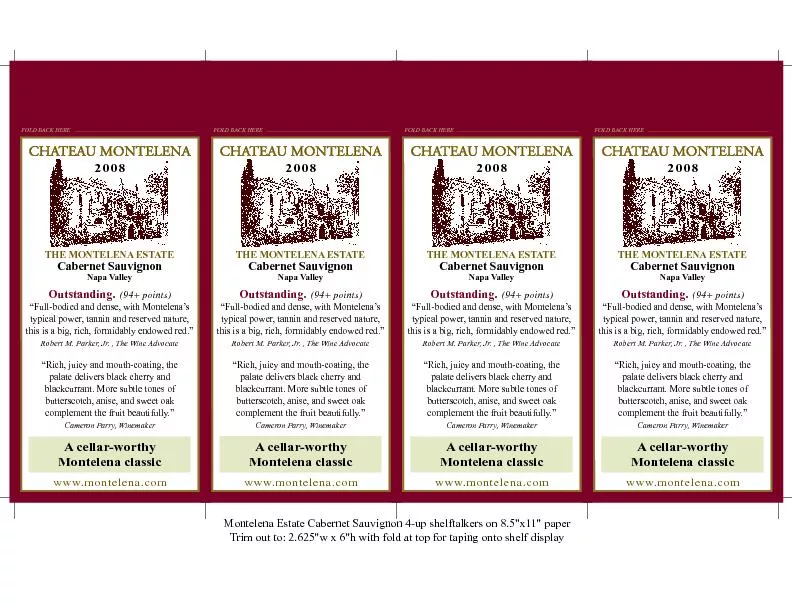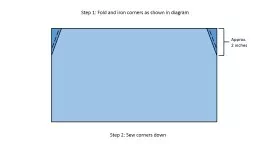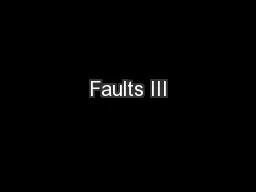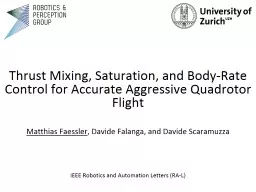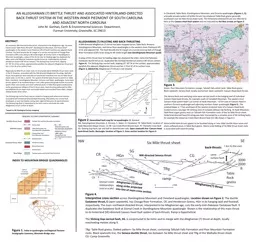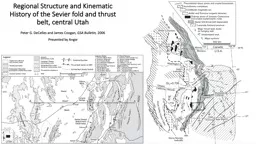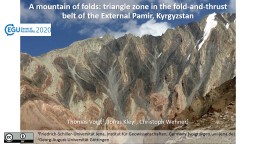PPT-The Role of Isostasy in the Evolution and Architecture of Fold and Thrust Belts
Author : luna | Published Date : 2023-10-04
A display for EGU 2021 Youseph Ibrahim PhD Candidate AProf Patrice Rey Rate of Tectonic Loading vs Rate of Isostasy Horizontal Tectonic Forces Vertical Isostatic
Presentation Embed Code
Download Presentation
Download Presentation The PPT/PDF document "The Role of Isostasy in the Evolution an..." is the property of its rightful owner. Permission is granted to download and print the materials on this website for personal, non-commercial use only, and to display it on your personal computer provided you do not modify the materials and that you retain all copyright notices contained in the materials. By downloading content from our website, you accept the terms of this agreement.
The Role of Isostasy in the Evolution and Architecture of Fold and Thrust Belts: Transcript
Download Rules Of Document
"The Role of Isostasy in the Evolution and Architecture of Fold and Thrust Belts"The content belongs to its owner. You may download and print it for personal use, without modification, and keep all copyright notices. By downloading, you agree to these terms.
Related Documents

